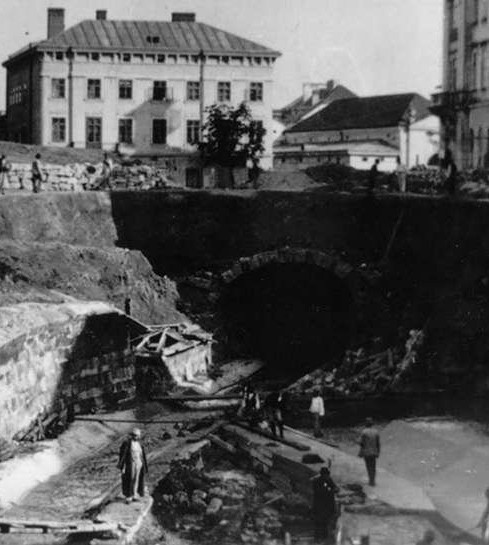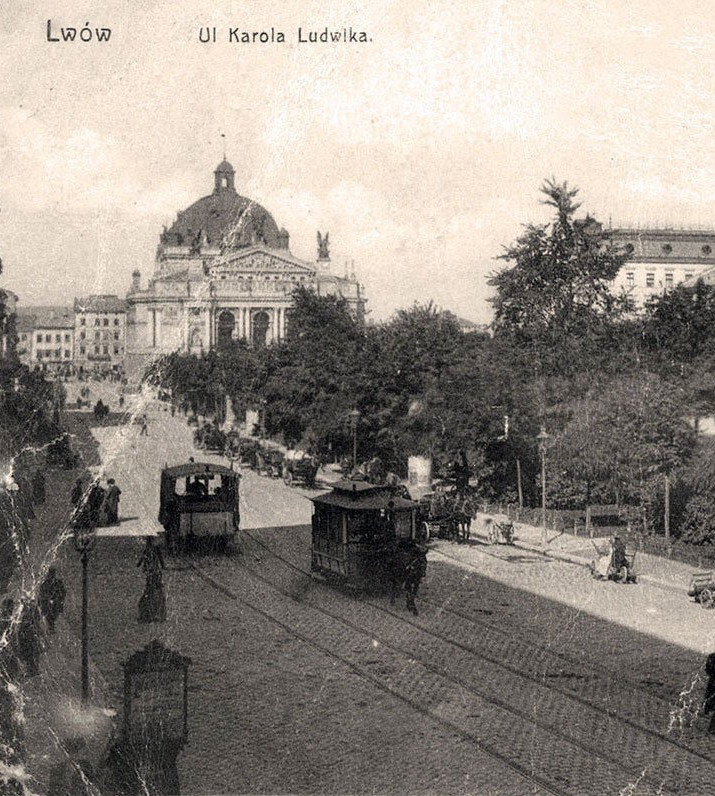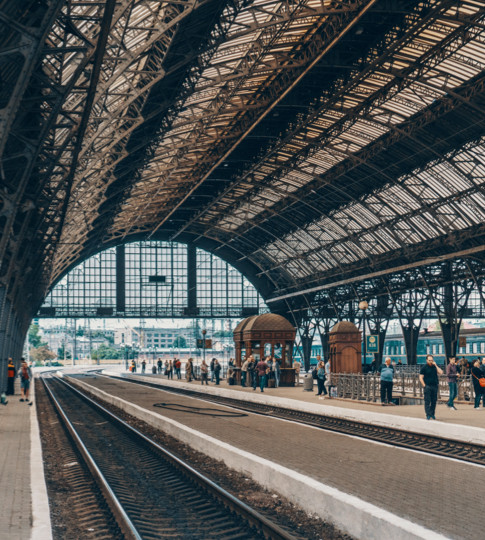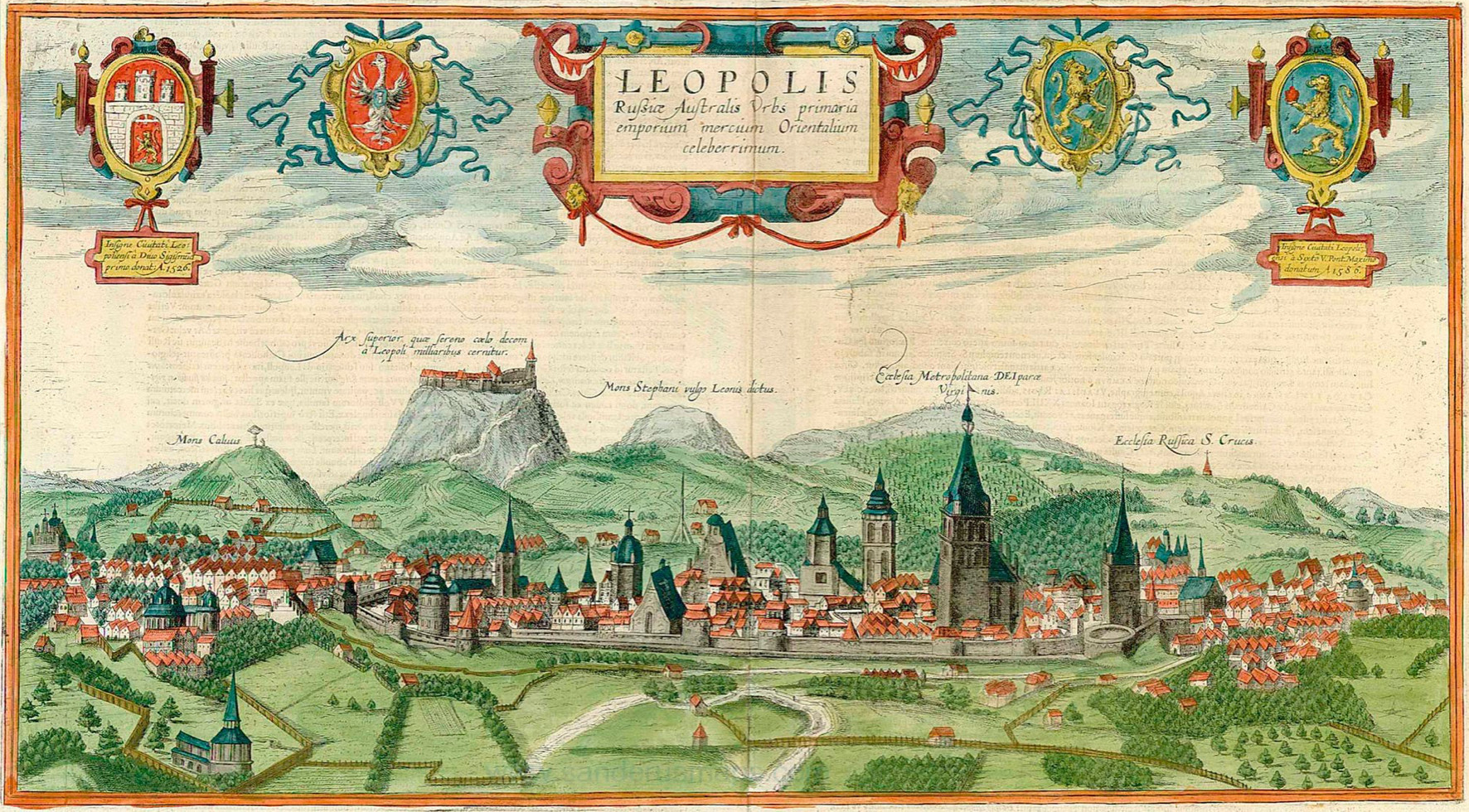Short history of Lviv
-
1919
 More
MoreBack to Poland
After the Austrian Empire's defeat in World War I, according to the will of victorious European powers, Lviv once again fell under the Polish rule.
Despite the fact that the action for independence taken by the Ukrainians in November 1918, the creation of the West-Ukrainian People’s Republic, and the unification with the Great Ukraine suffered a defeat in the end, they did establish a basis for Ukrainian independence and conciliarism. One of the factors that contributed to the increase in opposition and consolidation among Ukrainians in the struggle for recognition of their rights was the period of Lviv's control by Poland from 1919 to 1939.
Pragmatic and strict constructivism replaced the “golden age” of Austrian secession of early 20thcentury in local building style. The territory of Lviv was considerably expanded at the expense of several suburban districts. The city’s population grew from 210 thousand in 1910 to over 300 thousand right before World War II.
-
1939
 More
MoreUnder the Rule of the Soviet Totalitarianism
In September 1939, as a result of collusion between Stalin and Nazi Germany, Lviv became a part of the Soviet empire.
Unification of the Ukrainian people in a single state and partial Ukrainization of education and culture was outweighed by mass totalitarian repressions against the Western Ukrainians unseen before in history. Tens of thousands of people from Halychyna were sent to concentration camps and exiled to Siberia.
Resistance of the Ukrainian Insurgent Army against the Soviet regime lasted until late 50s. In 60s and 70s Lviv became the scene of several widely known trials of dissidents – Vyatcheslav Chornovil, Bohdan Horyn, Ivan Hel, Iryna and Ihor Kalynets. They all contributed to Ukraine eventually gaining independence.
-
1991
 More
MoreModern Lviv
Being an indisputable capital of Ukrainian culture, spirituality and national identity, Lviv has always played a major role in the development of democracy and struggle for Ukraine's independence..
All state-creating processes related to gaining and consolidating the independence of Ukraine originated in Lviv. It was here that the first mass actions in support of independence were taken; the participants of these actions were persecuted and beaten by special police units.
On September 17, 1989 Lviv became the site of the largest demonstration in support of revival of Ukraine’s independence and the Greek Catholic Church of the time. One hundred thousand people participated in it. The life chain of conciliarism between Lviv and Kyiv on January 21, 1990, when millions of Ukrainians joined their hands, was a landmark on the way to the rebirth of the Ukrainian state. On April 3, 1990 a blue and yellow state flag was hoisted above Lviv City Hall. When the Act on State Independence of Ukraine was passed on August 24, 1991, the following day hundreds of thousands of people flooded the streets of Lviv celebrating this event.
In 1999 Lviv became a sort of capital of Central and Eastern Europe. It was the only city in the entire history of Ukraine to simultaneously receive the heads of nine states during the Summit of Heads of Eastern and Central European States.
Lviv has always been and still remains the detonator of nation-creating and democratic processes in the Ukrainian state. Our city became the main stronghold of the Orange Revolution in November-December 2004, when Ukraine was in the focus of attention of the entire world. Seventy percent of Lviv’s people took part in the actions aimed at defending the democracy in Lviv, and every third resident of the city stood his ground in Maidan Nezalezhnosti in Kyiv. In autumn of 2006 Lviv celebrated its 750th anniversary.


